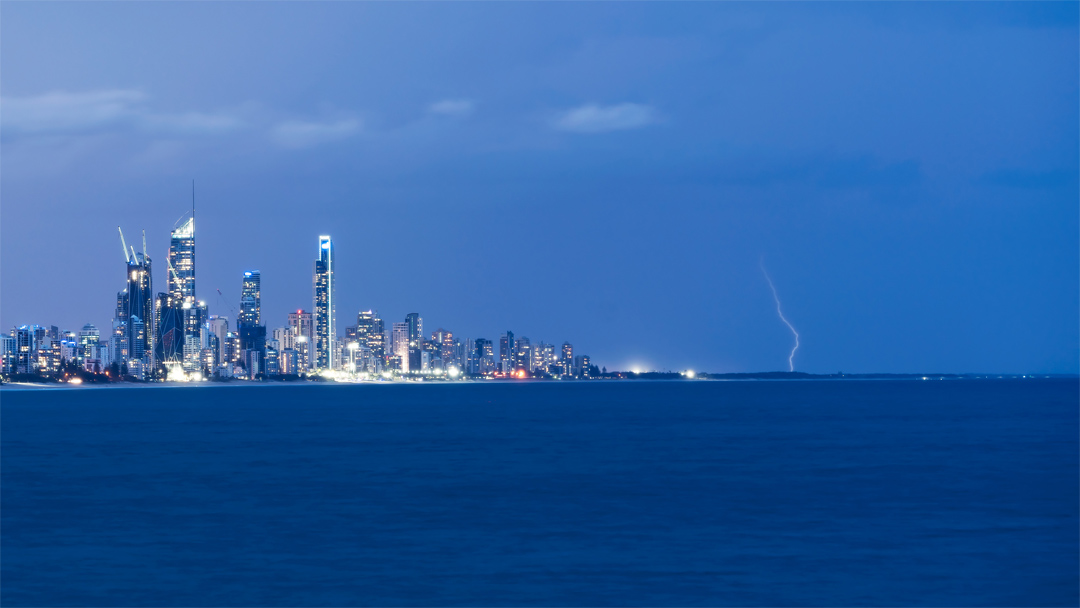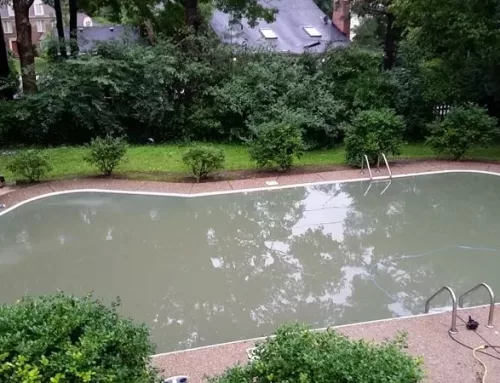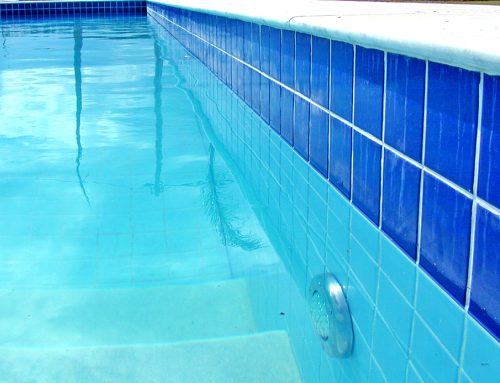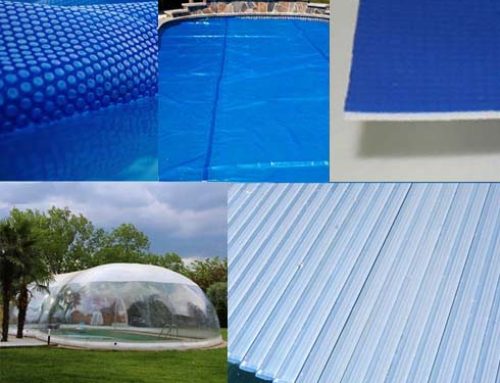Essential Pool Care Checklist for SE QLD La Niña Summer Storm Season, 2021-2022
In Queensland, storm season traditionally runs from October to March each year. However, it’s the summer months when things really ‘heat up”, and storm season reaches its peak. During this time, the weather can rapidly transform from very hot dry conditions with a high risk of bushfires and heatwaves to severe rain events including thunderstorms, cyclones, torrential rain and widespread flooding events.
A wet, cooler outlook for South East Queensland summer 2021-2022
The Bureau of Meteorology has declared that summer 2021-2022 will be heavily influenced by La Niña. Typically, that means from December to February, rainfall in eastern Australia will be above average – particularly in eastern Queensland. However, there is a silver lining with below-average daytime temperatures expected for south east Queensland. So we’ll probably avoid the heatwaves but we’re bound to get more rain and muggier nights – as if November’s record breaking rainfall wasn’t enough!
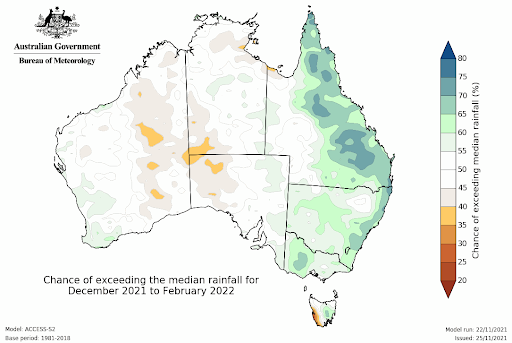
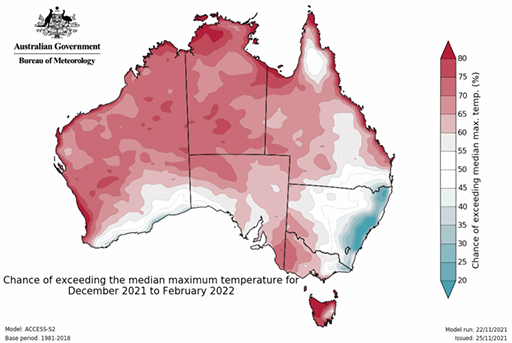
Safeguard and restore your home pool before & after severe storms
You can help minimise the risk of damage to your pool and property by being well prepared beforehand and restoring your pool effectively after a severe La Niña weather event. Doing so can prevent potential damage to your pool and avoid unnecessary repair costs. The following checklists detail steps you may need to take before and after a storm or rain event.
Pool Care steps BEFORE a severe storm, hard rain and flooding
If you don’t take the right precautions, severe storms can wreak havoc and damage your pool and equipment. Take the following steps to significantly reduce the potential risks of storm damage and the cleanup afterwards:
- Trim nearby overhanging old tree limbs and branches.
- Balance your pool pre-emptively. Add extra chlorine or shock your pool 1 to 2 days before a storm to reduce clean up load after heavy storms.
- Uncover your pool. This may seem counter-intuitive but exposed pool covers can get damaged by flying debris or go airborne. Your exposed pool water might get contaminated but balancing it afterwards is a more cost-efficient option than an expensive pool cover replacement.
- Lower your pool water levels. You can lower your pool water levels by a few inches before heavy rain to avoid an overflowing pool before deluge rain events. Do not drain pool below skimmer opening while pump is operating. This could result in the air entering the pump and burning out the motor.
- Do not drain fibreglass and vinyl liner pools. Pool water acts as ballast in these types of pools. When empty, they may pop out of rain saturated ground and drift off on groundwater.
- Turn off or disconnect electricity and/or gas lines to pool. Do not put yourself at risk. Ensure circuit breakers in your switch box, pump motors, automation systems, heater electronics, chlorinators, heaters and lights are all turned off a few hours before the storm hits. If pumps get submerged while running, they may fail and need replacing.
- Secure pool cleaner and deck furniture. Safely store all pool deck chairs, tables and other accessories indoors. Remove pool cleaner and store in your shed.
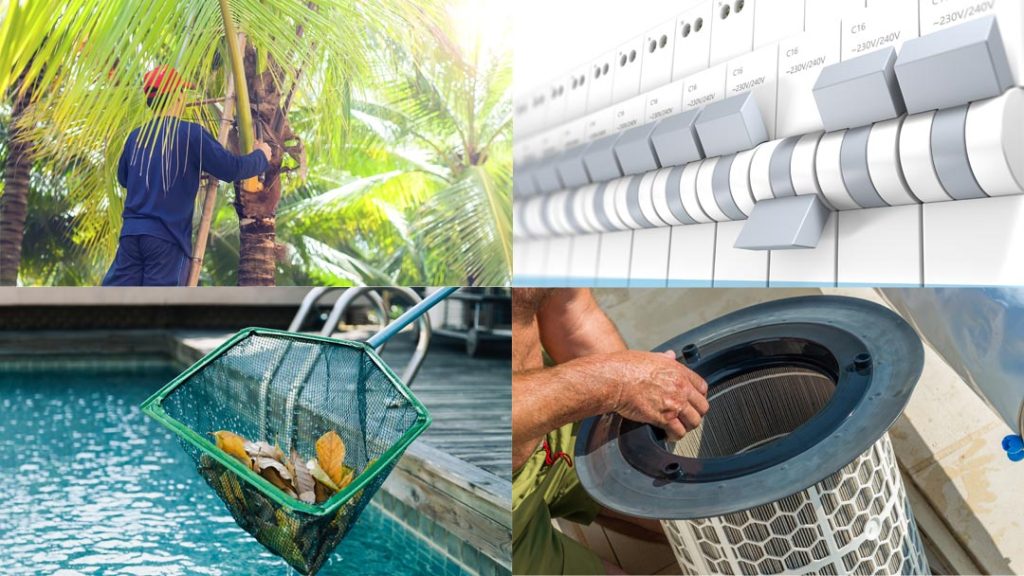
Pool Care steps AFTER a severe storm, hard rain and flooding
What you do after a storm is as equally important as before one. After all the heavy rainfall has ceased and everything has calmed down, you’ll need to check and restore your pool back to normal. Storms can damage pool equipment and surfaces, cause motor burn out, dilute pool chemicals and create electrical safety issues such as short circuiting and blow outs.
- Manually remove all major debris in and around your pool ASAP. This stops further contamination of pool water, and reduces surface staining and sediment build up. Attach a leaf net onto a telescopic pole to remove plan debris. Remove debris, clean or backwash skimmer and pump baskets otherwise the pool filtration system may malfunction.
- Vacuum the pool.
- Check & brush pool surfaces. Including pool walls and the tops of steps and benches.
- Check pool’s electrical equipment. Call an electrician if you detect any electrical safety hazards arising from equipment damage.
- Ensure all pool equipment has dried out before restarting. Also check for puddles that have formed around the pump, chlorinator and other electrical equipment.
- Test and balance pool water chemical levels. Rain dilutes and depletes pool chemicals, especially salt and chlorine. Prevent low chemical levels to prevent algae blooms. Shock pool water.
- Turn on the pump and filter. Start your pool up and start circulating water again to refresh your pool! After letting your pool run for 24 hours, re-test water chemistry and make final adjustments.
What pool chemicals do you need after heavy rain & major storms?
You may need to apply a range of chemicals to your pool after heavy rain, especially if your pool water is contaminated. These typically include:
-
- Chlorine
- Salt
- pH Buffer – alkalinity – sodium bicarbonate
- hydrochloric acid or sodium bisulphate for pH reduction
- Cyanuric acid for pool balancing and chlorine stabilisation
- Calcium Increaser to protect pool surfaces from calcium loss, prevent etching and maintain PH
- Phosphate Remover for algae prevention
- Algaecide to treat signs of yellow, green and black algae
Emergency Pool Clean up & Repair Services from Atlantis Pool Services
Be prepared for possible large La Niña rain events in Summer 2021-2022 by following our ‘before and after storm’ pool care checklists. You can order essential pool chemicals at our online store here:
After the weather has cleared, you can always drop in a pool water sample to our North Lakes store for a free digital water test and report print-out. And if the post-storm damage control gets a bit too much for you to handle, give us a call on 07 3491 9700. Our expert pool techs are always ready to assist with emergency pool cleanups and repairs. For more information, check out our Emergency Pool Repair Service page here: https://atlantispoolshop.com.au/emergency-pool-repair/
Don’t forget in an Emergency situation to call:
- Flood/Storm Emergency – call the State Emergency Service (SES) on 132 500
- Life Threatening Emergency – call 000

